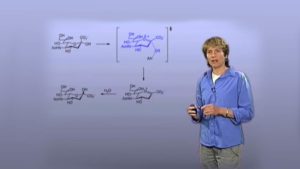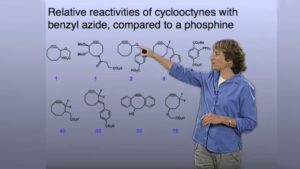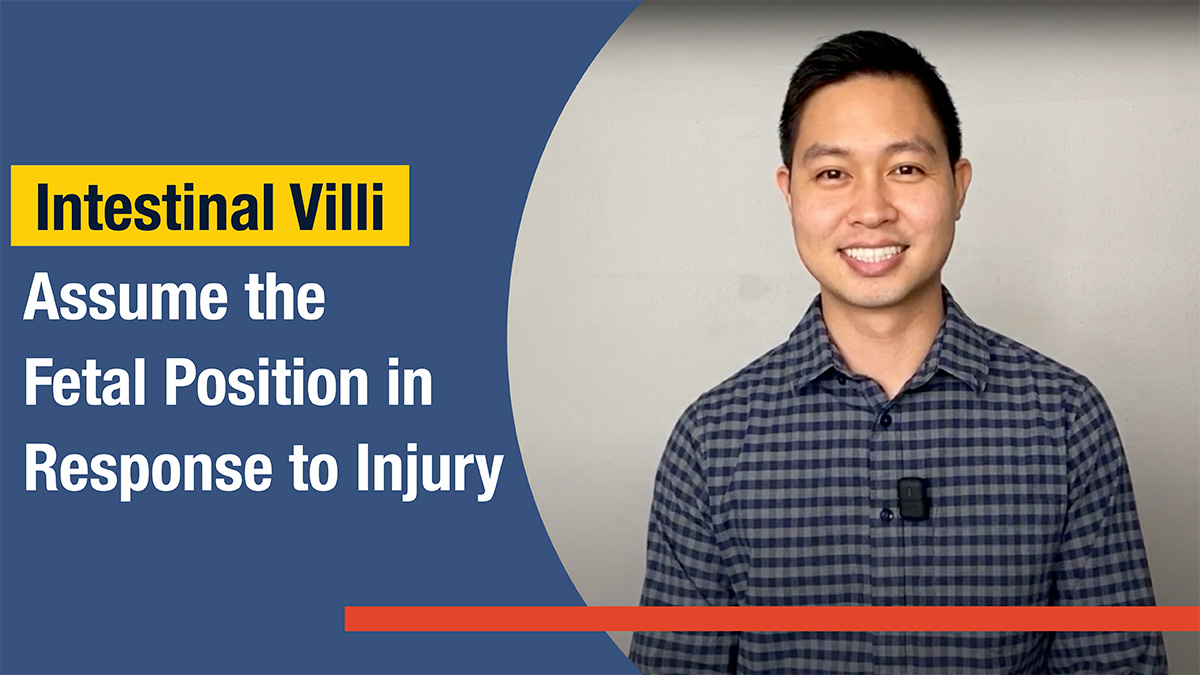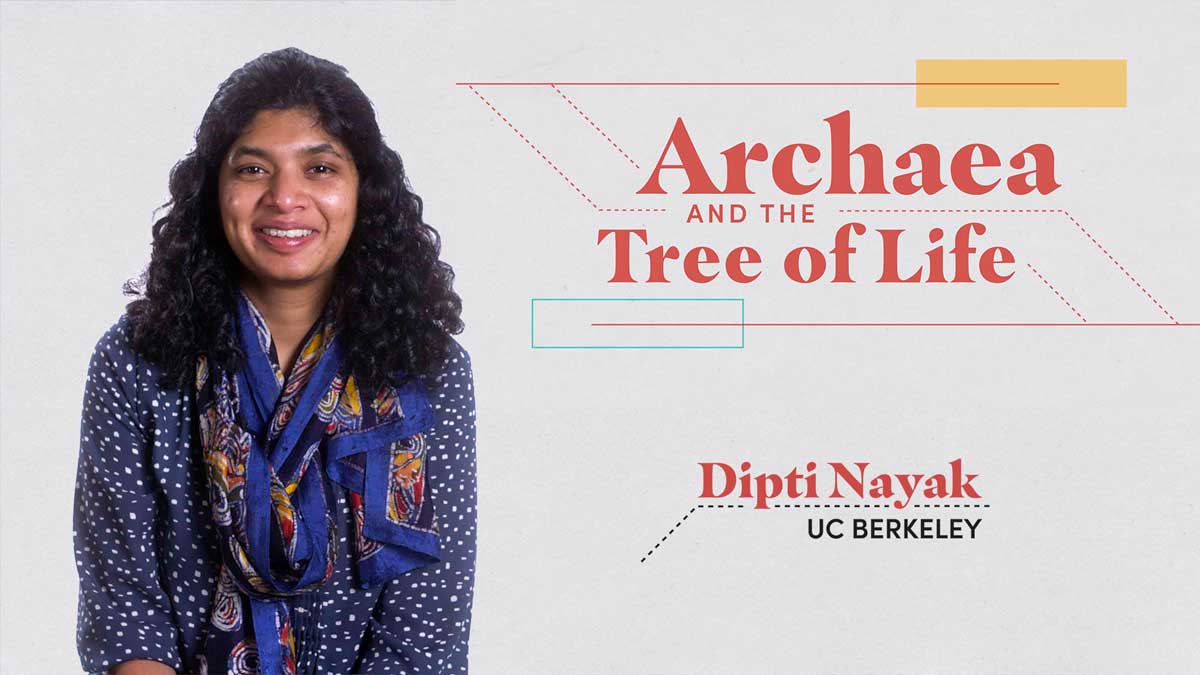Talk Overview
Part 1
A large part of an organism’s complexity is not encoded by its genome but results from post-translational modification. Glycosylation, or the addition of sugar molecules to a protein is an example of such a modification. These sugars, or glycans, are often complex, branched molecules specific to particular cells. Cell surface glycans determine human blood types, allow viral infections and play a key role in tissue inflammation.
Part 2
Since glycans cannot be labeled with genetically-encoded reporters such as GFP, bioorthoganal reactions have been developed to allow their labeling and imaging. In this lecture, Bertozzi describes the chemistry and imaging methodology used to view glycoproteins in cells and whole organisms.
Speaker Bio
Carolyn Bertozzi

Carolyn Bertozzi is a professor of Chemistry and Molecular and Cell Biology at the University of California, Berkeley, Director of the Molecular Foundry at the Lawrence Berkeley National Lab and a Howard Hughes Medical Institute Investigator. She received an A.B. degree in chemistry from Harvard and a Ph.D. from UC Berkeley. Her postdoctoral work was… Continue Reading











Leave a Reply